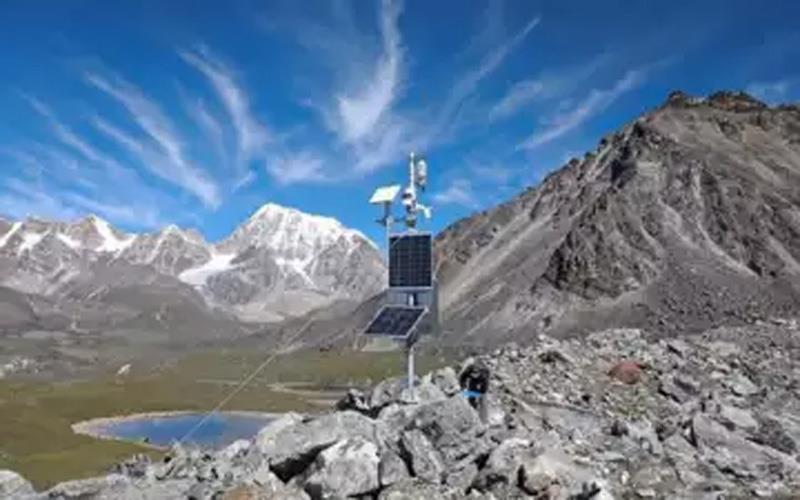Himalayan Glacial Lakes Saw Expansion
TNN Bureau. Updated: 11/4/2024 3:33:21 AM
Front Page

New Delhi: Glacial lakes and other water bodies across the Himalayan region saw a 10.81 per cent increase in area from 2011 to 2024 due to climate change, signalling a heightened risk of glacial lake outburst floods (GLOFs), according to a government report.
The Central Water Commission’s (CWC) report, which was accessed by PTI, states that with a 33.7 per cent expansion of the surface area, the lakes in India experienced an even more substantial rise.
“The total inventory area of glacial lakes within India was 1,962 hectares during the year 2011 which has increased to 2,623 hectares during the year 2024 (September). There is a 33.7 per cent increase in area,” the report said.
It also identified 67 lakes in India that witnessed an over 40 per cent increase in surface area, placing them in the high-risk category for potential GLOFs.
Ladakh, Himachal Pradesh, Uttarakhand, Sikkim and Arunachal Pradesh showed the most notable expansions, signalling a heightened risk of GLOFs and the need for intensified monitoring and disaster preparedness.Glacial lakes and other water bodies across the Himalayan region saw an overall area increase of 10.81 per cent from 5,33,401 hectares in 2011 to 5,91,108 hectares in 2024 due to climate change, the report said.
The rapid expansion of these lakes is attributed to accelerated melting of glaciers due to rising temperatures in the region, with potentially severe consequences for downstream communities, infrastructure and biodiversity, it said.
Physically, the shrinking of mountain glaciers and expansion of glacial lakes are amongst the most recognisable and dynamic impacts of climate warming in this environment, it said.
“Therefore, under such a changing environment, a close watch on the relative change in water spread area of even smaller lakes has become very crucial in this region,” the report said.
The sudden and often catastrophic floods occur when glacial lakes breach their natural moraine dams, releasing large volumes of water downstream.
The CWC stressed that the increased water spread of these lakes demands rigorous monitoring and urgent risk management strategies.
To overcome challenges in tracking these remote lakes, a senior official said, the CWC has leveraged advanced satellite technology, particularly the Sentinel-1 Synthetic Aperture Radar (SAR) and Sentinel-2 multispectral imagery that enable precise and all-weather monitoring.
“The high-resolution capabilities of these satellites allow CWC to detect changes in lake size with 10-metre accuracy, even in challenging conditions such as cloud cover. This monitoring technology is critical in providing timely updates on the state of these high-risk lakes, thereby enabling early interventions when necessary,” the official said.
The CWC report also underscored the transboundary risks posed by expanding glacial lakes in neighbouring countries, including Bhutan, Nepal and China.
Given the interconnected nature of river basins across the Himalayan watershed, collaboration with these countries is crucial to managing the potential impacts of GLOFs, it underlined.
The report called for joint monitoring efforts and data sharing to build a more comprehensive risk assessment and mitigation strategy.
It highlighted the urgent need for international and regional cooperation in developing early warning systems, enhancing disaster management plans, and promoting community awareness initiatives to safeguard vulnerable populations.
The implications of area expansion of glacial lakes extend beyond flood risks and can impact water availability in the region’s major river systems, including the Ganga, Brahmaputra and Indus.
Using data from 2011 and drawing comparisons with five and 10-year averages, the CWC’s report identified patterns of glacial lake expansion that allow authorities to pinpoint high-risk areas.
The official cited above said with its commitment to reducing monitoring intervals and improving data precision, the CWC aims to establish a robust system for early detection and response to the evolving challenges posed by the Himalayan glacial lakes.